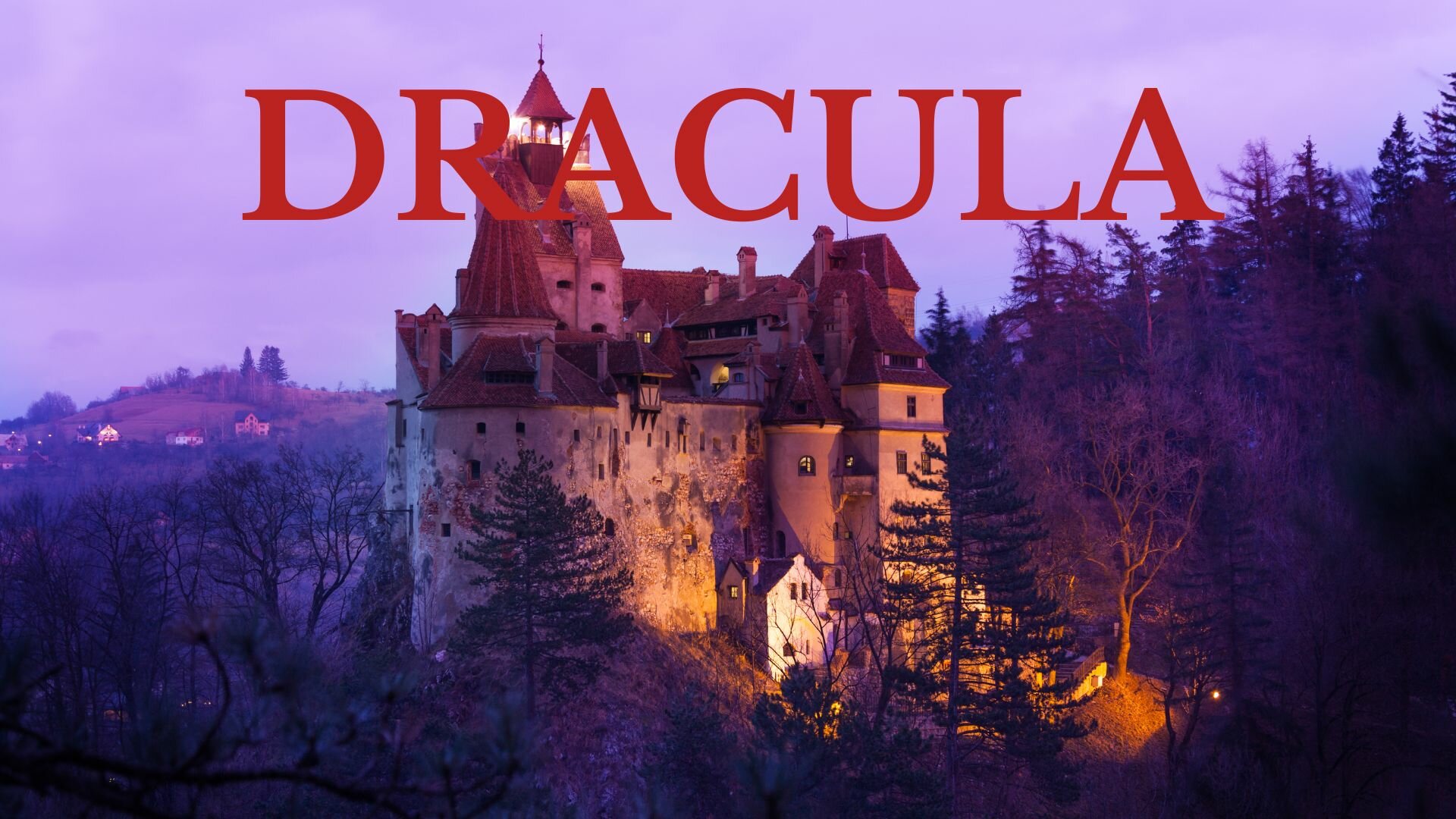Bram Stoker’s novel, Dracula, is one of the most iconic horror stories of all time. The character of Dracula has become a cultural icon and has been adapted into countless movies, TV shows, and other forms of media. But how did Stoker create such a memorable character? In this article, we will explore how Stoker constructed the character of Dracula and what made him so terrifying.
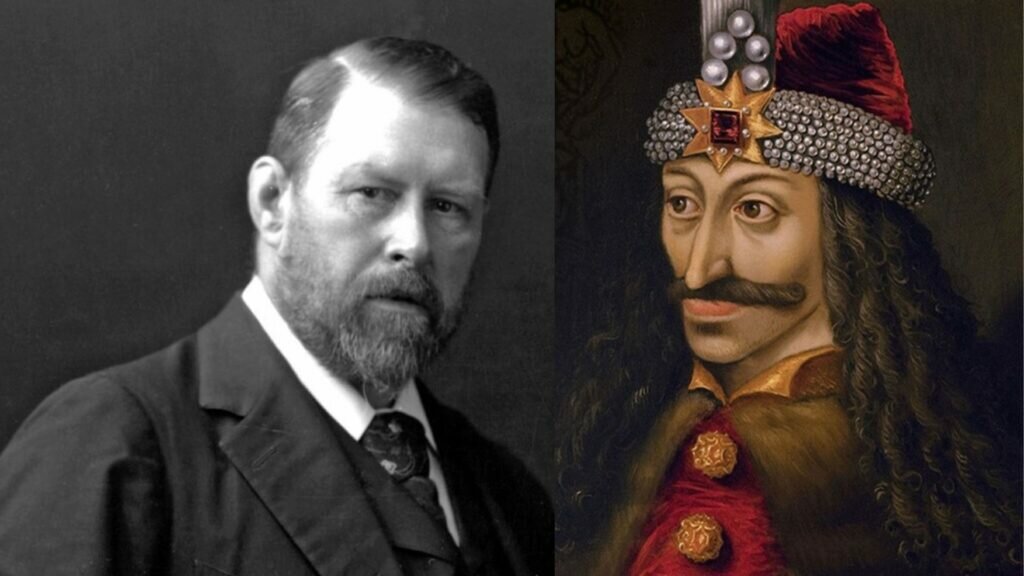
Bram Stoker: An Overview of His Life and Writing Career
Abraham “Bram” Stoker was an Irish author born on November 8, 1847, in Dublin, Ireland. He was the third of seven children born to Charlotte Mathilda Blake Thornley and Abraham Stoker. Stoker was bedridden with an unknown illness until the age of seven and spent much of his early years being cared for by his mother.
Stoker attended Trinity College in Dublin, where he excelled in sports and academics, earning a degree in mathematics in 1870. After graduation, he worked as a civil servant for Dublin Castle until he became involved in the world of theater, becoming the business manager of the Lyceum Theatre in London. It was during his time working with the theater that Stoker met Sir Henry Irving, who became his mentor and friend.
Stoker’s writing career began in the 1870s when he started writing reviews and stories for the Dublin Evening Mail. He later became the editor of the newspaper and continued to write short stories, novels, and non-fiction books throughout his career. However, Stoker is best known for his novel Dracula, which was published in 1897 and became an instant best-seller.
Stoker’s other works include The Snake’s Pass, The Mystery of the Sea, and The Lair of the White Worm. He was also a prolific theater critic and wrote several non-fiction books on the history of the theater. Stoker continued to write and publish works until his death on April 20, 1912, in London, England.
Bram Stoker’s Inspirations for Creating the Character of Dracula
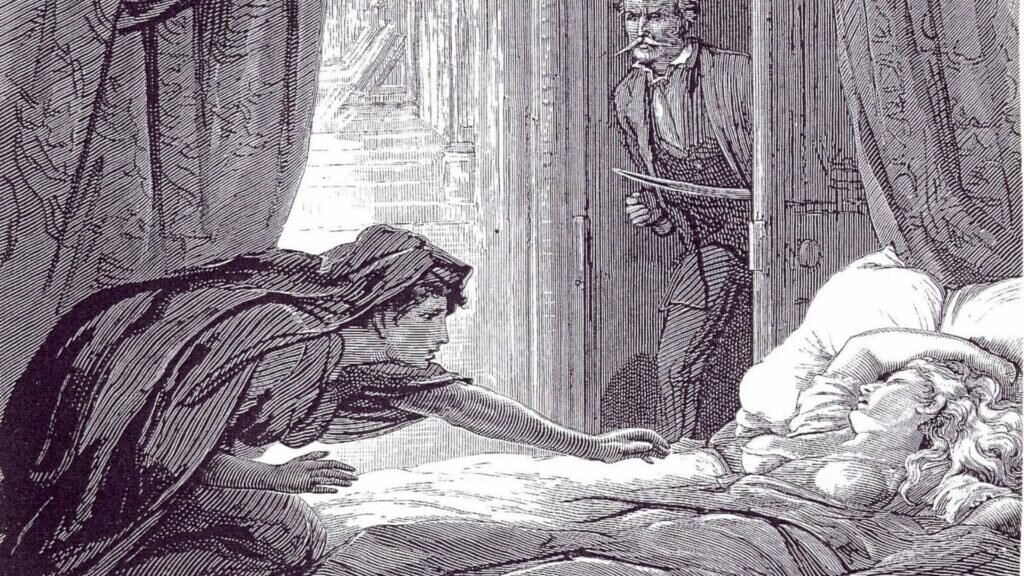
Bram Stoker drew upon various sources of inspiration when creating the character of Dracula. One of the primary inspirations was the history and folklore of his native Ireland, which was rich with tales of supernatural and mythical creatures. Stoker was also heavily influenced by his mentor, Sir Henry Irving, a famous actor who was known for his dramatic performances and commanding presence on stage.
Another significant influence on Stoker’s writing was the Victorian era in which he lived. During this time, there was a fascination with the occult and supernatural, which is reflected in many of Stoker’s works, including Dracula. Stoker was also inspired by the works of other authors, such as Sheridan Le Fanu’s Carmilla and Emily Gerard’s Transylvanian Superstitions, which helped shape his ideas about vampires and the undead.
Perhaps one of the most significant sources of inspiration for Stoker was Vlad the Impaler, a ruthless 15th-century ruler of Wallachia who was known for his brutality and use of impalement as a form of punishment. Vlad’s nickname was Dracula, which means “son of the dragon” in Romanian. Stoker drew upon this historical figure and incorporated elements of his personality and tactics into the character of Count Dracula.
Overall, Stoker’s inspirations for creating the character of Dracula were varied and far-reaching. His personal experiences, cultural background, and literary influences all played a role in shaping the iconic figure that has become a staple of popular culture.
Bram Stoker’s Description of Dracula and his Distinctive Traits
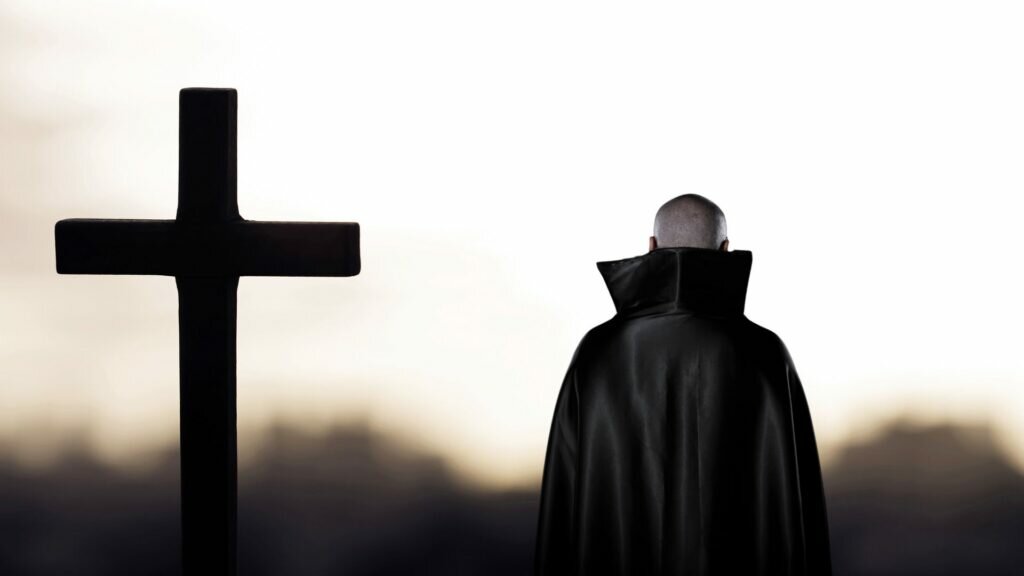
Bram Stoker’s character Dracula is one of the most iconic figures in horror literature. Stoker’s description of the vampire is both vivid and distinctive, and it is his attention to detail that has made Dracula such a memorable character.
One of the most striking features of Dracula is his physical appearance. Stoker describes him as having a tall, thin body with a pale complexion and sharp features. He has long, white fingers with sharp nails and pointed teeth, which he uses to bite into the necks of his victims. Dracula also has the ability to change his form into that of a bat, a wolf, or even a mist, adding to his otherworldly nature.

Another aspect of Dracula’s character that sets him apart is his demeanor. He is often portrayed as an aristocratic figure with refined tastes and impeccable manners. He is intelligent, cunning, and manipulative, able to charm and deceive those around him to achieve his goals. At the same time, he is also portrayed as being cold, calculating, and cruel, reveling in the suffering of his victims.
Perhaps the most distinctive trait of Dracula is his immortality. He has lived for centuries, surviving on the blood of the living, and is nearly invincible. He is able to control the minds of those around him, making them his loyal servants and ensuring his survival.
Overall, Bram Stoker’s description of Dracula is both chilling and captivating. His attention to detail and focus on the vampire’s physical appearance, demeanor, and immortality have made him one of the most iconic characters in horror literature.
Bram Stoker’s Creation of a Complex and Terrifying Character through Dracula’s Motivations and Personality Traits
Bram Stoker’s character of Dracula is not only physically striking but also psychologically complex. Stoker explores Dracula’s motivations and personality traits in great detail, creating a character that is not only terrifying but also deeply fascinating.
One of the primary motivations for Dracula’s actions is his desire for power and control. He is driven by a need to exert his dominance over others, often through manipulation and mind control. This desire for power is seen in his ability to control the minds of his victims, as well as in his desire to create more vampires and expand his influence.
Another aspect of Dracula’s personality that makes him a complex character is his obsession with immortality. He has lived for centuries, and his fear of death drives many of his actions. This is seen in his constant pursuit of new victims to sustain his own life, as well as in his desire to create new vampires and extend his legacy.
Despite his terrifying actions, Dracula is not without his own weaknesses and vulnerabilities. Stoker explores these through his portrayal of the vampire’s psychology and emotions. Dracula is often depicted as lonely and isolated, unable to connect with others due to his undead nature. He is also consumed by a sense of paranoia and distrust, which leads him to take extreme measures to protect himself.
Overall, Bram Stoker’s exploration of Dracula’s motivations and personality traits creates a character that is both terrifying and fascinating. Dracula’s desire for power and control, obsession with immortality, and psychological vulnerabilities all contribute to his complexity and make him one of the most memorable characters in horror literature.
What Were Dracula’s Powers and Abilities?
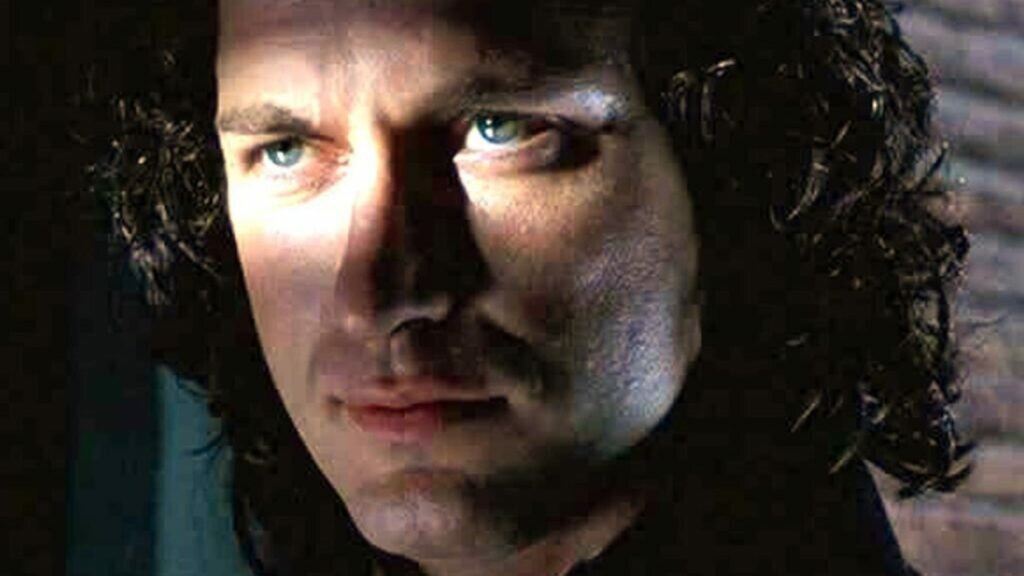
An overview of his abilities includes:
- Shape-shifting: Dracula had the ability to transform into a bat or wolf, which allowed him to move quickly and easily. This power also made him difficult to catch or escape from, as he could fly or run faster than his victims.
- Superhuman strength: Dracula possessed immense physical strength that surpassed that of humans. He could overpower his victims and resist physical harm, making him nearly invincible.
- Mind control: Dracula had the power to control the minds of his victims and implant suggestions or commands. He could make them his willing servants, adding an element of psychological horror to his character.
- Immortality: Dracula was essentially immortal, as he could live for centuries without aging. He could also heal quickly from injuries, making him nearly indestructible.
- Hypnosis: Dracula had the power to hypnotize his victims and put them into a trance-like state. This allowed him to control their actions and manipulate them for his own purposes.
Dracula’s powers are an essential part of his character, and Bram Stoker skillfully developed them to create a sense of fear and dread in his readers. Dracula’s supernatural abilities set him apart from humans, making him a formidable foe and a terrifying presence.
So, one of Dracula’s most notable powers is his ability to transform into a bat or wolf. This allows him to move quickly and easily, making it difficult for his victims to escape. Dracula’s shape-shifting ability also adds to his overall sense of menace, as it highlights his otherworldly nature and makes him seem even more unpredictable.
Dracula’s ability to control the minds of his victims is another powerful tool in his arsenal. He can implant suggestions or commands in their minds, making them his willing servants. This power adds an element of psychological horror to the character, as it shows his ability to manipulate and control others.
Dracula’s physical strength and resilience also contribute to his menacing character. He can withstand physical harm and heal quickly from injuries, making him nearly invincible. His strength also allows him to overpower his victims, adding to his dominance and control.
Overall, Bram Stoker’s development of Dracula’s powers creates a character that is both supernatural and terrifying. Dracula’s shape-shifting abilities, mind control, and physical strength make him a formidable foe and a memorable character in horror literature.
What Were Dracula’s Relationships with The Other Characters?
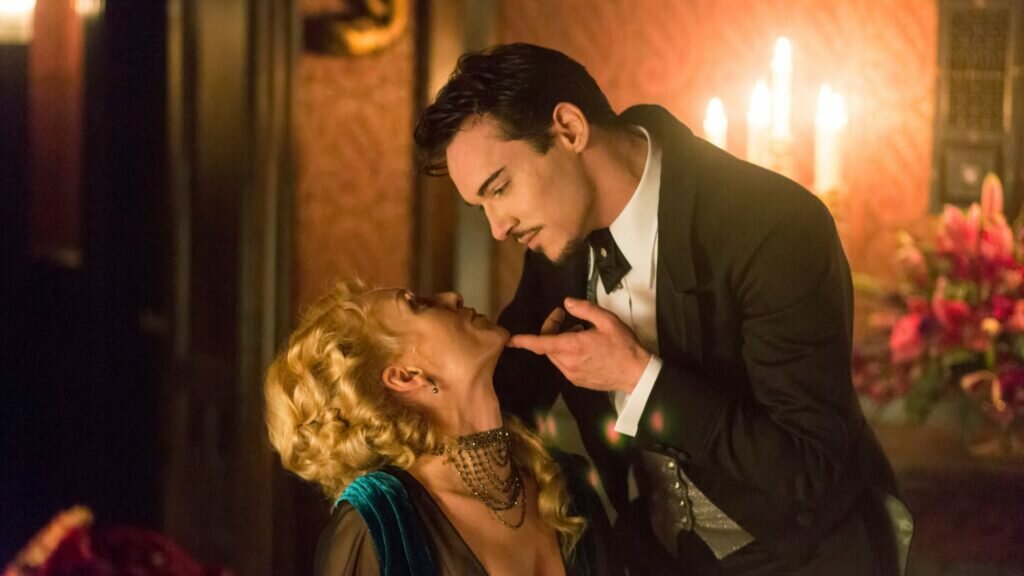
Bram Stoker used Dracula’s relationships to further develop his character and create tension in the story. Dracula’s relationships were complex and often ambiguous, adding layers of depth to his personality. Here are some of the ways in which Stoker used these relationships:
- His connection to Lucy: Dracula’s connection to Lucy, one of the main characters in the novel, adds a sense of mystery and unease to his character. Lucy is portrayed as pure and innocent, making her an easy target for Dracula’s evil intentions. The way in which Dracula interacts with Lucy, and the way in which he ultimately preys upon her, creates a sense of foreboding and dread in the story.
- His relationship with Jonathan Harker: Dracula’s relationship with Jonathan Harker, the protagonist of the novel, is also significant. Harker is initially unaware of Dracula’s true nature and is drawn in by his charisma and charm. However, as the story progresses, Harker realizes the danger he is in and becomes determined to stop Dracula. The contrast between their initial interactions and their later conflict highlights the true nature of Dracula’s character.
- His connection to Mina: Dracula’s connection to Mina, another main character, is arguably the most complex relationship in the novel. Mina is both a victim of Dracula’s influence and a source of strength for the other characters, making her an important figure in the story. Dracula’s interactions with Mina are often portrayed as seductive and manipulative, adding another layer of tension to the narrative.
By using these relationships, Bram Stoker created a more complex and nuanced character in Dracula. His interactions with the other characters in the novel add depth to his personality and create a sense of tension and conflict in the story.
Dracula’s Role in the Story
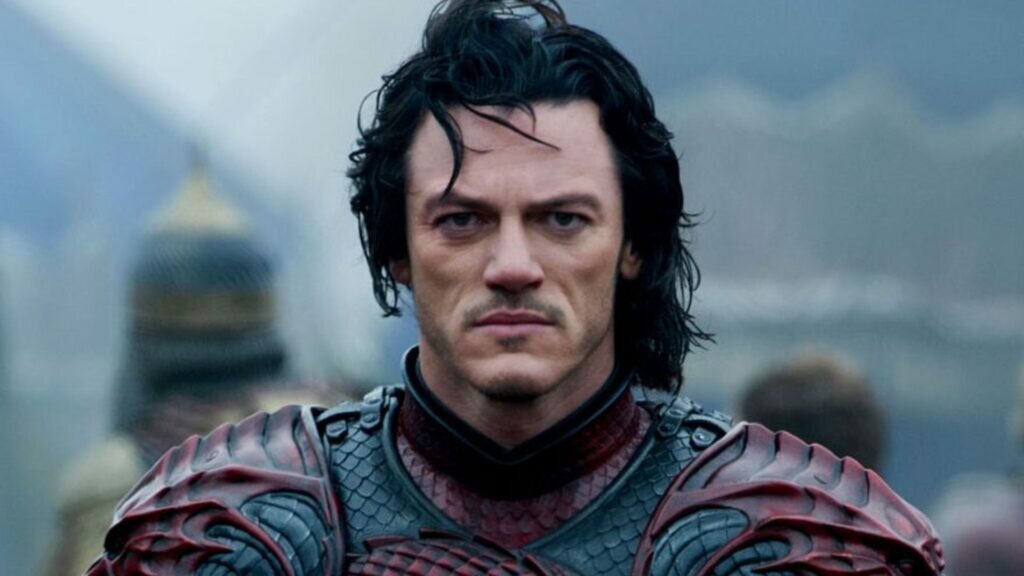
Dracula is not just a memorable character, and he is also the primary antagonist of the novel. In this section, we will explore how Stoker used Dracula’s character to drive the plot forward and create suspense.
Bram Stoker used Dracula’s character to drive the plot forward and create suspense in the novel. Dracula’s actions and motivations are a driving force behind much of the story’s conflict and tension. Here are some of the ways in which Stoker used Dracula to create suspense and move the plot forward:
- Dracula’s arrival in England: Dracula’s arrival in England is a significant event in the story that sets the plot in motion. His presence creates a sense of foreboding and danger, and the characters are forced to take action to protect themselves.
- Dracula’s attacks: Dracula’s attacks on various characters throughout the novel create suspense and drive the plot forward. Each attack raises the stakes and makes it clear that Dracula is a real threat to the characters.
- Dracula’s manipulation: Dracula’s manipulation of various characters, including Renfield and Lucy, adds a layer of complexity to his character and creates suspense. The reader is left wondering what his true intentions are and what he is capable of.
- Dracula’s pursuit of Mina: Dracula’s pursuit of Mina, and the race to stop him, is a major plot point that drives the story toward its climax. The tension and suspense build as the characters become more desperate to stop Dracula and save Mina.
Overall, Bram Stoker used Dracula’s character in a variety of ways to create tension and drive the plot forward. His actions and motivations are a central focus of the story, and his presence is felt throughout the novel, even when he is not physically present on the page.
The Impact of Dracula on Popular Culture
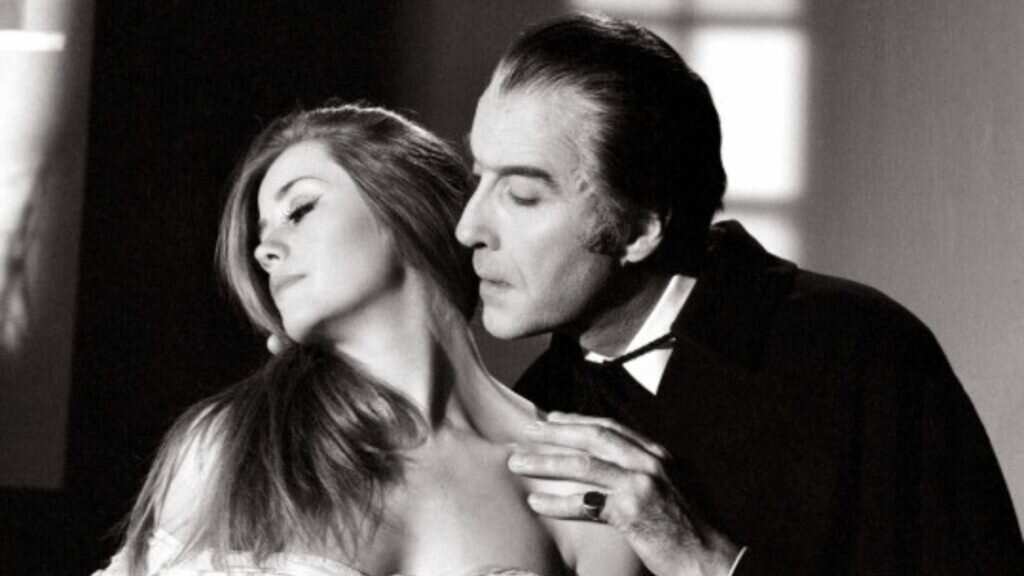
The impact of Dracula on popular culture cannot be overstated. In this section, we will explore how the character has been adapted in movies, TV shows, and other forms of media and how he has become a cultural icon.
Here is a list of some of the most notable adaptations of Dracula in movies, TV shows, and other forms of media:
Movies:
- Dracula (1931), starring Bela Lugosi
- Horror of Dracula (1958), starring Christopher Lee
- Bram Stoker’s Dracula (1992), directed by Francis Ford Coppola
- Dracula 2000 (2000), starring Gerard Butler
- Dracula Untold (2014), starring Luke Evans
TV Shows:
- Dracula (NBC, 2013-2014) starring Jonathan Rhys Meyers
- Castlevania (Netflix, 2017-present) animated series based on the video game series featuring Dracula as a main character
- Penny Dreadful (Showtime, 2014-2016) features Dracula as a recurring character
- The Simpsons’ “Treehouse of Horror IV” (1993) parodying Dracula
- Buffy the Vampire Slayer (1997-2003) features multiple references to Dracula throughout the series
Other Forms of Media:
- Comic books: Dracula has been adapted into various comic book series, including Marvel Comics’ “Tomb of Dracula” and “Dracula Lives!”
- Video games: Dracula is a recurring character in the Castlevania series of video games
- Stage productions: Dracula has been adapted into numerous stage productions, including a 1924 Broadway play starring Bela Lugosi
My articles contain affiliate links, and as an Amazon Associate, I earn from qualifying purchases that help keep this content free.

Dracula, as created by Bram Stoker, has become a cultural icon and has been adapted into numerous movies, TV shows, and other forms of media. (see above)The character has undergone various changes and interpretations over the years, but his influence on popular culture is undeniable.
One of the earliest and most famous adaptations of Dracula is the 1931 film starring Bela Lugosi. Lugosi’s portrayal of the character set the standard for many future adaptations, and his iconic costume and mannerisms have become synonymous with the character in popular culture.
Over the years, Dracula has been portrayed in various ways, from suave and sophisticated to monstrous and grotesque. In some adaptations, he is a tragic figure who is doomed to live forever, while in others, he is a ruthless villain who revels in his own power and darkness.
Dracula has also been adapted in many different mediums, including TV shows, comic books, video games, and more. Each adaptation offers a unique interpretation of the character and explores different aspects of his personality and motivations.
Despite the many adaptations and interpretations of Dracula, the character remains a cultural icon and continues to capture the imagination of audiences around the world. His legacy as one of the most iconic and enduring characters in popular culture is a testament to Bram Stoker’s skill as a writer and his ability to create a character that transcends time and place.
Conclusion
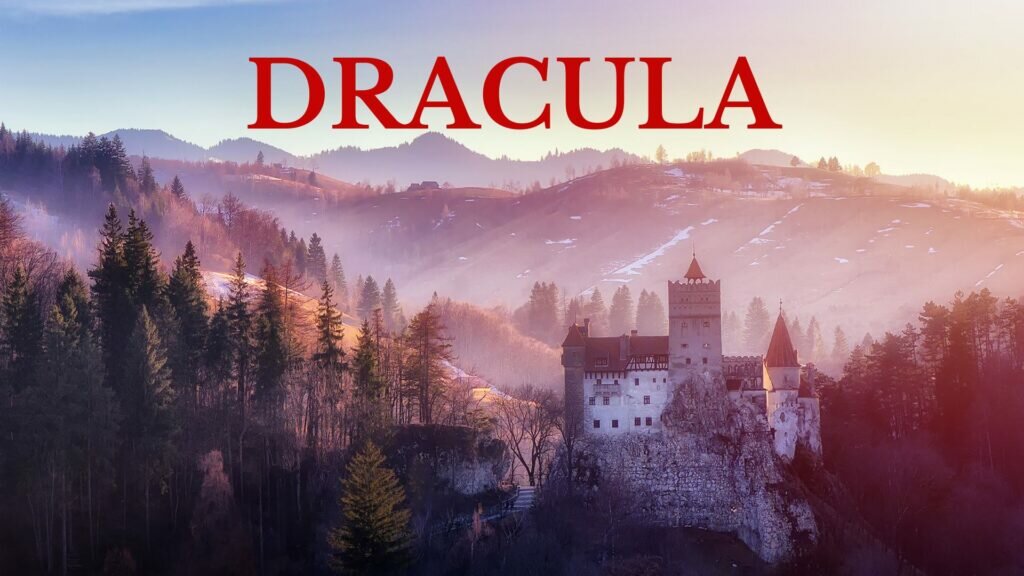
Throughout Bram Stoker’s novel “Dracula,” the author creates a complex and terrifying character through a variety of techniques. Stoker drew inspiration from various sources, including historical figures, folklore, and his own life experiences.
The character of Dracula was described in great detail, with his distinctive appearance, motivations, and personality traits contributing to his overall sense of menace. Dracula’s powers, which included shape-shifting, mind control, and immortality, further added to his frightening nature.
Stoker also used Dracula’s relationships with other characters to create tension and drive the plot forward, with the vampire’s pursuit of protagonist Jonathan Harker and his attempts to turn Mina Harker into a vampire being particularly notable examples.
The character of Dracula has had a significant impact on popular culture, being adapted in numerous movies, TV shows, and other forms of media. These adaptations have often taken creative liberties with the source material but have continued to showcase the character’s enduring popularity.
Overall, Dracula is a memorable and important character due to his complex and multifaceted nature, his frightening powers and abilities, and his lasting impact on popular culture. He has remained a cultural icon for over a century and will likely continue to captivate audiences for years to come.
FAQs
- Q: Who was the inspiration for Bram Stoker’s character of Dracula? A: Stoker drew inspiration from a variety of sources, including the historical figure of Vlad the Impaler, as well as various folklore and legends.
- Q: What are some common adaptations of Dracula in popular culture? A: Dracula has been adapted in numerous movies, TV shows, and other forms of media, with some notable examples including the 1931 film “Dracula,” the novel “Interview with the Vampire,” and the TV series “Buffy the Vampire Slayer.”
- Q: What powers does Dracula have in Bram Stoker’s novel? A: Dracula’s powers include shape-shifting, mind control, and immortality, among others.
- Q: Why has Dracula remained such a popular and enduring character? A: Dracula’s complex and multifaceted nature, as well as his frightening powers and abilities, have contributed to his lasting popularity and cultural impact.
- Q: How has Dracula influenced the horror genre and popular culture in general? A: Dracula has been a significant influence on the horror genre and has helped to shape popular culture’s understanding of vampires and other supernatural creatures. Additionally, the character’s lasting popularity has made him a cultural icon and a recognizable symbol of horror and suspense.
To learn more about the historical accuracy of the character of Dracula, check out our article “Was Dracula Real? Separating Fact from Fiction.”

